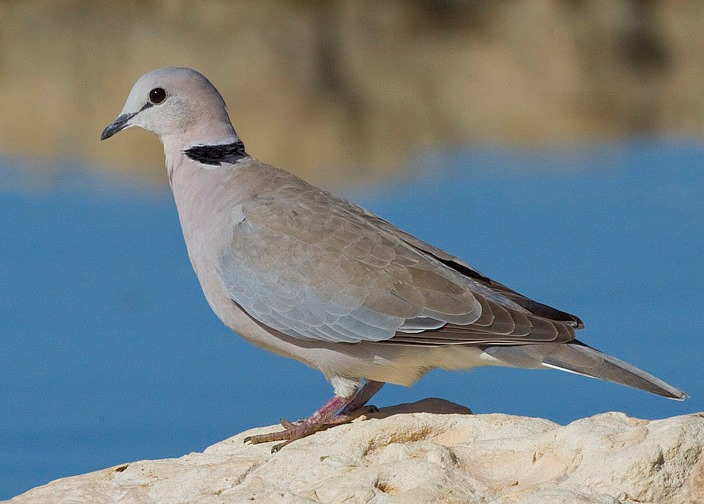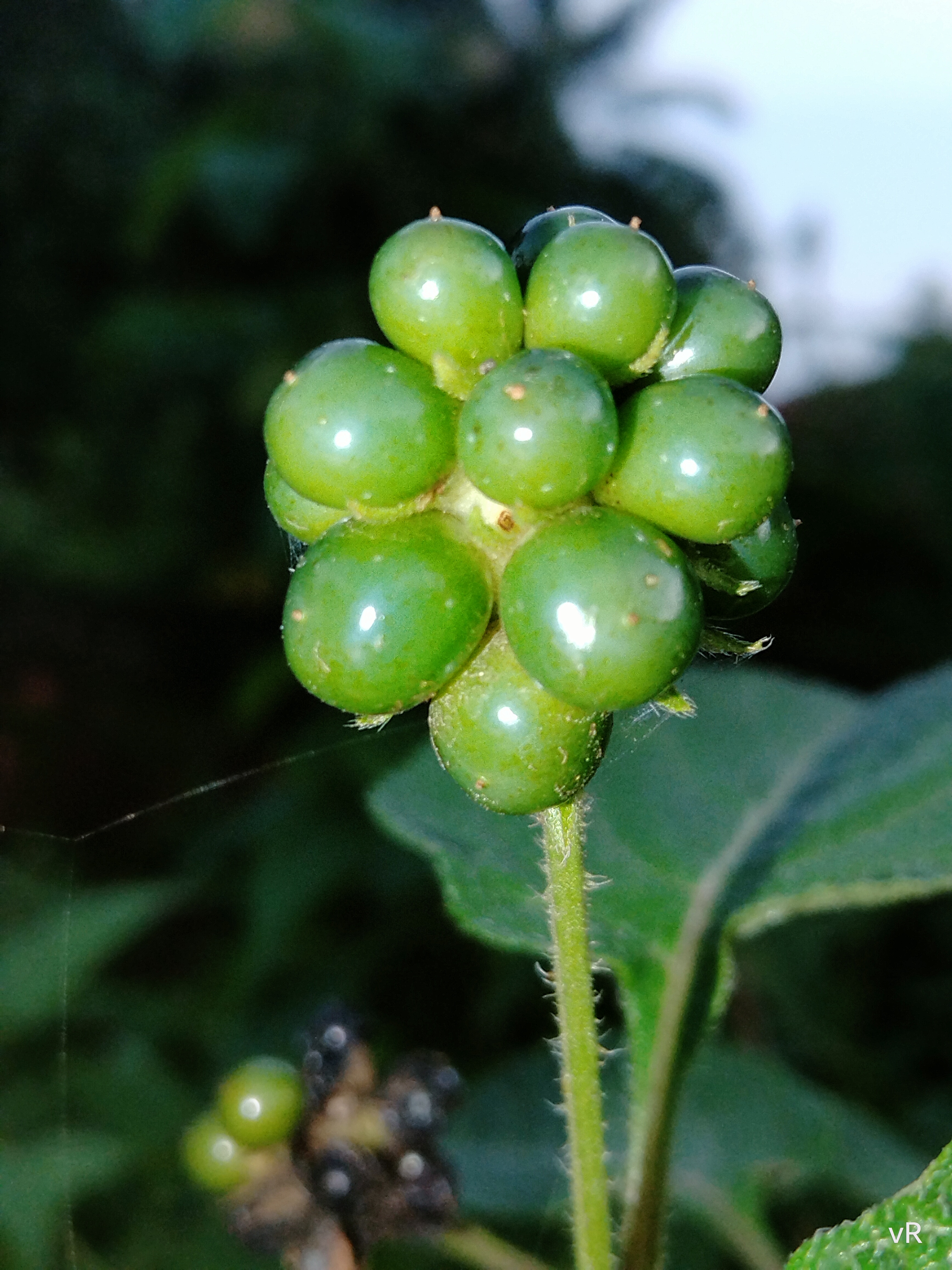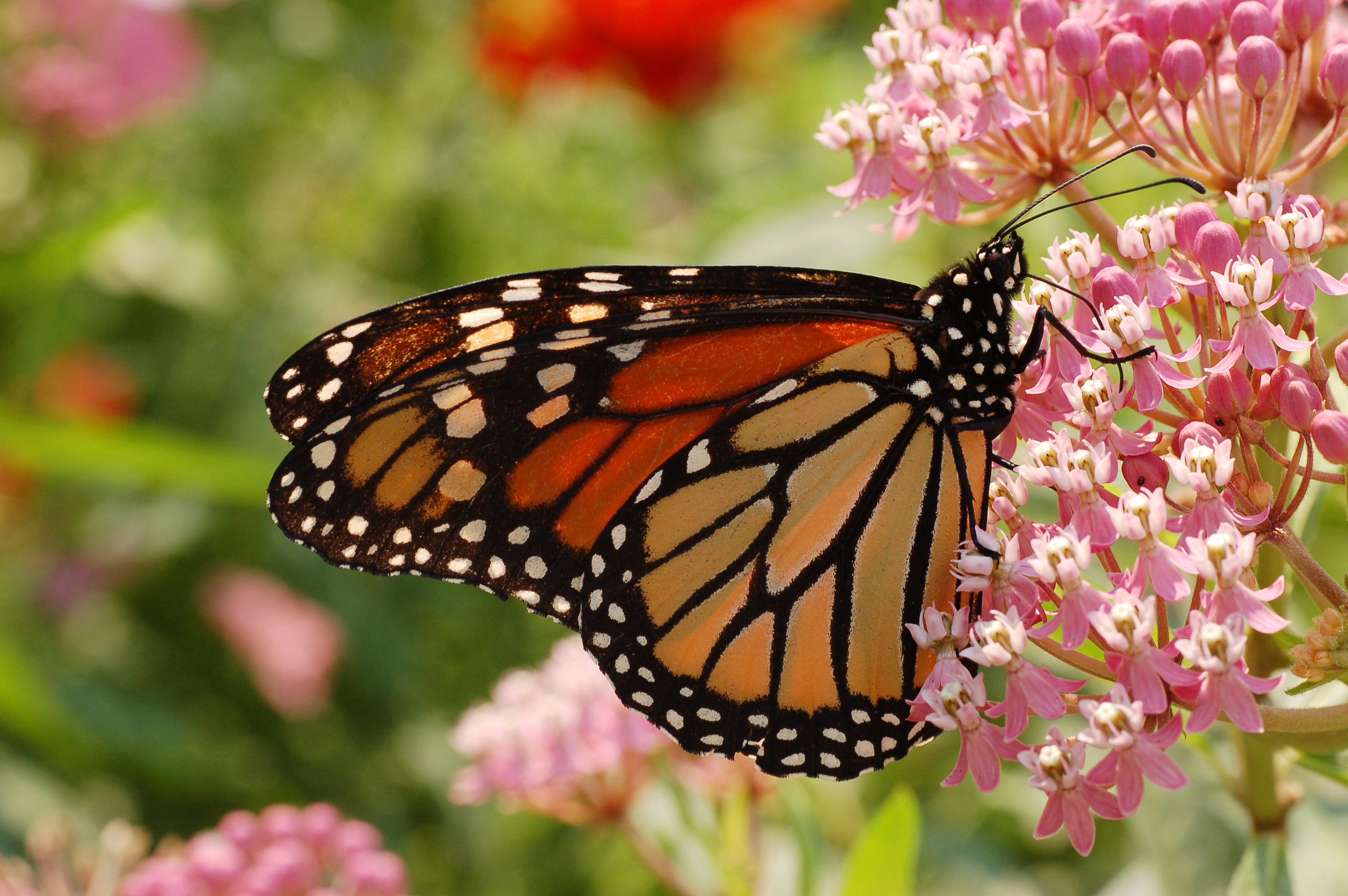|
Cape Turtle-dove
The ring-necked dove (''Streptopelia capicola''), also known as the Cape turtle dove or half-collared dove, is a widespread and often abundant dove species in East and southern Africa. It is a mostly sedentary bird, found in a variety of open habitats. Within range, its penetrating and rhythmic, three-syllabled crooning is a familiar sound at any time of the year. Its name is derived from the semi-collar of black feathers on the lower nape, a feature shared with a number of ''Streptopelia'' species. Like all doves, they depend on surface water. They congregate in large flocks at waterholes in dry regions to drink and bathe. Description Their body feathers are darkest on the upper side, where they are coloured in dull tones of grey and brown, with shades of lavender on the nape. It is paler below, where a tint of pinkish lavender is usually present. The lower belly and crissum (the undertail coverts surrounding the cloaca) is white. As with related species, they have white frin ... [...More Info...] [...Related Items...] OR: [Wikipedia] [Google] [Baidu] |
Etosha National Park
Etosha National Park is a national park in northwestern Namibia and one of the largest national parks in Africa. It was proclaimed a game reserve in March 1907 in Ordinance 88 by the Governor of German South West Africa, Friedrich von Lindequist. It was designated as ''Wildschutzgebiet'' in 1958, and was elevated to the status of a national park in 1967 by an act of parliament of the Republic of South Africa. It spans an area of and gets its name from the large Etosha pan which is almost entirely within the park. With an area of , the Etosha pan covers 23% of the total area of the national park. The area is home to hundreds of species of mammals, birds and reptiles, including several threatened and endangered species such as the black rhinoceros. The park is located in the Kunene region and shares boundaries with the regions of Oshana, Oshikoto and Otjozondjupa. History Areas north of the Etosha pan were inhabited by Ovambo people, while various Otjiherero-speaking groups ... [...More Info...] [...Related Items...] OR: [Wikipedia] [Google] [Baidu] |
Barn Owl
The barn owl (''Tyto alba'') is the most widely distributed species of owl in the world and one of the most widespread of all species of birds, being found almost everywhere except for the polar and desert regions, Asia north of the Himalayas, most of Indonesia, and some Pacific Islands. It is also known as the common barn owl, to distinguish it from the other species in its family, Tytonidae, which forms one of the two main lineages of living owls, the other being the typical owls (''Strigidae''). There are at least three major lineages of barn owl: the western barn owl of Europe, western Asia, and Africa; the eastern barn owl of southeastern Asia and Australasia; and the American barn owl of the Americas. Some taxonomic authorities classify barn owls differently, recognising up to five separate species; and further research needs to be done to resolve the disparate taxonomies. There is considerable variation of size and colour among the approximately 28 subspecies, but most ... [...More Info...] [...Related Items...] OR: [Wikipedia] [Google] [Baidu] |
Psylloidea
Psylloidea is a superfamily of , including the jumping plant lice and others which have recently been classified as distinct families. Though the group first appeared during the Early Jurassic, modern members of the group do not appear until the , and |
Aloe Marlothii
''Aloe marlothii'' (also known as the mountain aloe or the flat-flowered aloe) is a large, single-stemmed Southern African aloe of rocky places and open flat country, occasionally growing up to 6 m tall. Description Named after Rudolf Marloth, a German-born South African botanist, this species of aloe has an especially large robust head of stiff, grey-green leaves. These leaves can be up to 1.5 m in length and usually densely covered in short spines on the convex lower surfaces and less so on the concave upper surfaces. Like many other arborescent aloe species, this aloe is more spiny when it is small and as it becomes taller and less vulnerable to grazing, it loses many of the spines from its leaf surfaces. It normally has a trunk densely covered by the withered old leaves. The inflorescence is a much-branched panicle with up to 30 or exceptionally 50 racemes. Flower colour varies a great deal, and ranges from yellow through orange (most common) to bright red. Flowering takes ... [...More Info...] [...Related Items...] OR: [Wikipedia] [Google] [Baidu] |
Aizoaceae
The Aizoaceae, or fig-marigold family, is a large family of dicotyledonous flowering plant Flowering plants are plants that bear flowers and fruits, and form the clade Angiospermae (), commonly called angiosperms. The term "angiosperm" is derived from the Greek words ('container, vessel') and ('seed'), and refers to those plants th ...s containing 135 genus, genera and about 1800 species. They are commonly known as ice plants or carpet weeds. They are often called vygies in South Africa and New Zealand. Highly Succulent plant, succulent species that resemble stones are sometimes called mesembs. Description The family Aizoaceae is widely recognised by taxonomists. It once went by the botanical name "Ficoidaceae", now disallowed. The APG II system of 2003 (unchanged from the APG system of 1998) also recognizes the family, and assigns it to the order Caryophyllales in the clade core eudicots. The APG II system also classes the former families Mesembryanthemaceae Fenzl, S ... [...More Info...] [...Related Items...] OR: [Wikipedia] [Google] [Baidu] |
Cyperus
''Cyperus'' is a large genus of about 700 species of sedges, distributed throughout all continents in both tropical and temperate regions. Description They are annual or perennial plants, mostly aquatic and growing in still or slow-moving water up to deep. The species vary greatly in size, with small species only tall, while others can reach in height. Common names include ''papyrus sedges'', ''flatsedges'', ''nutsedges'', ''umbrella-sedges'' and ''galingales''. The stems are circular in cross-section in some, triangular in others, usually leafless for most of their length, with the slender grass-like leaves at the base of the plant, and in a whorl at the apex of the flowering stems. The flowers are greenish and wind-pollinated; they are produced in clusters among the apical leaves. The seed is a small nutlet. Ecology ''Cyperus'' species are eaten by the larvae of some Lepidoptera species, including ''Chedra microstigma''. They also provide an alternative food source for ... [...More Info...] [...Related Items...] OR: [Wikipedia] [Google] [Baidu] |
Lantana Camara
''Lantana camara'' (common lantana) is a species of flowering plant within the verbena family (Verbenaceae), native to the American tropics. It is a very adaptable species, which can inhabit a wide variety of ecosystems; once it has been introduced into a habitat it spreads rapidly; between 45ºN and 45ºS and more than in altitude. It has spread from its native range to around 50 countries, where it has become an invasive species. It first spread out of the Americas when it was brought to Europe by Dutch explorers and cultivated widely, soon spreading further into Asia and Oceania where it has established itself as a notorious weed, and in Goa it was introduced by the Portuguese. ''L. camara'' can outcompete native speci leading to a reduction in biodiversity. It can also cause problems if it invades agricultural areas as a result of its toxicity to livestock, as well as its ability to form dense thickets which, if left unchecked, can greatly reduce the Agricultural productivi ... [...More Info...] [...Related Items...] OR: [Wikipedia] [Google] [Baidu] |
Rhus
Sumac ( or ), also spelled sumach, is any of about 35 species of flowering plants in the genus ''Rhus'' and related genera in the cashew family (Anacardiaceae). Sumacs grow in subtropical and temperate regions throughout the world, including East Asia, Africa, and North America. Sumac is used as a spice, as a dye, and in medicine. Description Sumacs are dioecious shrubs and small trees in the family Anacardiaceae that can reach a height of . The leaves are usually pinnately compound, though some species have trifoliate or simple leaves. The flowers are in dense panicles or spikes long, each flower very small, greenish, creamy white or red, with five petals. The fruits are reddish, thin-fleshed drupes covered in varying levels of hairs at maturity and form dense clusters at branch tips, sometimes called sumac bobs. Sumacs propagate both by seed (spread by birds and other animals through their droppings), and by new shoots from rhizomes, forming large clonal colonies. Taxonomy ... [...More Info...] [...Related Items...] OR: [Wikipedia] [Google] [Baidu] |
Eucalyptus Camaldulensis
''Eucalyptus camaldulensis'', commonly known as the river red gum, is a tree that is endemic to Australia. It has smooth white or cream-coloured bark, lance-shaped or curved adult leaves, flower buds in groups of seven or nine, white flowers and hemispherical fruit with the valves extending beyond the rim. A familiar and iconic tree, it is seen along many watercourses across inland Australia, providing shade in the extreme temperatures of central Australia. Description ''Eucalyptus camaldulensis'' is a tree that typically grows to a height of but sometimes to and often does not develop a lignotuber. The bark is smooth white or cream-coloured with patches of yellow, pink or brown. There are often loose, rough slabs of bark near the base. The juvenile leaves are lance-shaped, long and wide. Adult leaves are lance-shaped to curved, the same dull green or greyish green colour on both sides, long and wide on a petiole long. The flower buds are arranged in groups of seven, ... [...More Info...] [...Related Items...] OR: [Wikipedia] [Google] [Baidu] |
Quercus Robur
''Quercus robur'', commonly known as common oak, pedunculate oak, European oak or English oak, is a species of flowering plant in the beech and oak family, Fagaceae. It is a large tree, native plant, native to most of Europe west of the Caucasus. It is widely cultivated in temperate regions elsewhere and has escaped into the wild in scattered parts of China and North America. Description ''Quercus robur'' is a large deciduous tree, with circumference of grand oaks from to an exceptional . The Majesty Oak with a circumference of is the thickest tree in Great Britain. The Brureika (Bridal Oak) in Norway with a circumference of (2018) and the Kaive Oak in Latvia with a circumference of are among the thickest trees in Northern Europe. The largest historical oak was known as the Imperial Oak from Bosnia and Herzegovina. This specimen was recorded at 17.5 m in circumference at breast height and estimated at over 150 m³ in total volume. It collapsed in 1998. The species has l ... [...More Info...] [...Related Items...] OR: [Wikipedia] [Google] [Baidu] |
Pine
A pine is any conifer tree or shrub in the genus ''Pinus'' () of the family Pinaceae. ''Pinus'' is the sole genus in the subfamily Pinoideae. The World Flora Online created by the Royal Botanic Gardens, Kew and Missouri Botanical Garden accepts 187 species names of pines as current, together with more synonyms. The American Conifer Society (ACS) and the Royal Horticultural Society accept 121 species. Pines are commonly found in the Northern Hemisphere. ''Pine'' may also refer to the lumber derived from pine trees; it is one of the more extensively used types of lumber. The pine family is the largest conifer family and there are currently 818 named cultivars (or trinomials) recognized by the ACS. Description Pine trees are evergreen, coniferous resinous trees (or, rarely, shrubs) growing tall, with the majority of species reaching tall. The smallest are Siberian dwarf pine and Potosi pinyon, and the tallest is an tall ponderosa pine located in southern Oregon's Rogue Riv ... [...More Info...] [...Related Items...] OR: [Wikipedia] [Google] [Baidu] |
Asclepias
''Asclepias'' is a genus of herbaceous, perennial, flowering plants known as milkweeds, named for their latex, a milky substance containing cardiac glycosides termed cardenolides, exuded where cells are damaged. Most species are toxic to humans and many other species, primarily due to the presence of cardenolides, although, as with many such plants, there are species that feed upon them (e.g. their leaves) and from them (e.g. their nectar). Most notable are monarch butterflies, who use and require certain milkweeds as host plants for their larvae. The genus contains over 200 species distributed broadly across Africa, North America, and South America. It previously belonged to the family Asclepiadaceae, which is now classified as the subfamily Asclepiadoideae of the dogbane family, Apocynaceae. The genus was formally described by Carl Linnaeus in 1753, who named it after Asclepius, the Greek god of healing. Flowers Members of the genus produce some of the most complex flowe ... [...More Info...] [...Related Items...] OR: [Wikipedia] [Google] [Baidu] |










